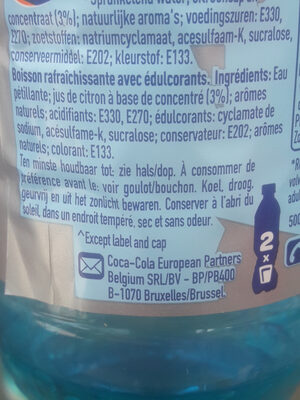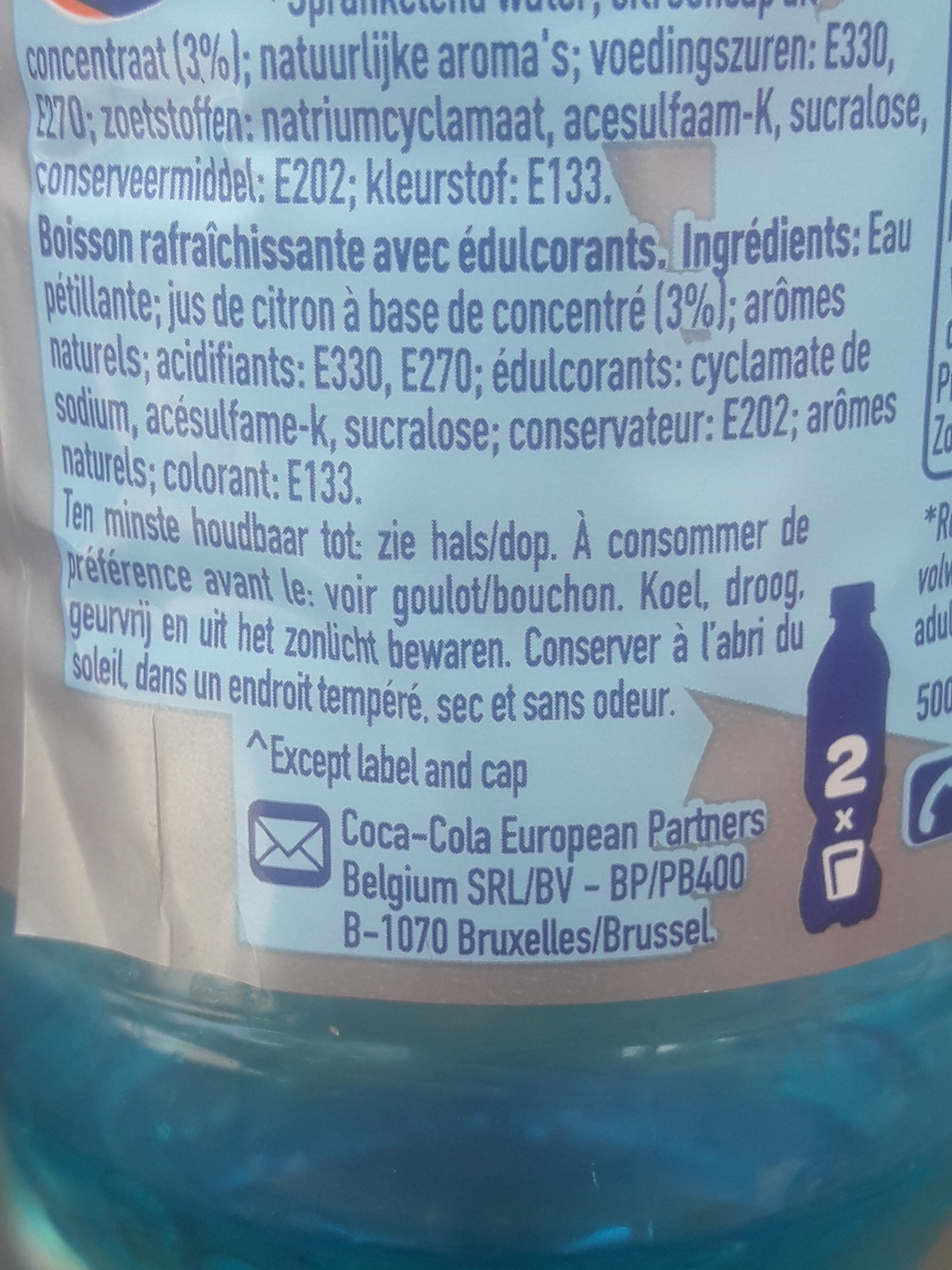Fanta sans sucre - 500 ml
This product page is not complete. You can help to complete it by editing it and adding more data from the photos we have, or by taking more photos using the app for Android or iPhone/iPad. Thank you!
×
Barcode: 5449000294821 (EAN / EAN-13)
Quantity: 500 ml
Packaging: Plastic
Brands: Fanta
Categories: Beverages, Frozen foods, Carbonated drinks, Artificially sweetened beverages, Sodas, Sweetened beverages, fr:Soft
Matching with your preferences
Environment
Packaging
Transportation
Report a problem
Data sources
Product added on by kiliweb
Last edit of product page on by annelotte.
Product page also edited by davidepio, ecoscore-impact-estimator, inf, openfoodfacts-contributors, packbot, quechoisir, scanbot, smoothie-app, ucimont54, yuka.sY2b0xO6T85zoF3NwEKvlhBsaubPpDnjay3mpW6k3ueif8TTU-N4-KrKbqo, yuka.sY2b0xO6T85zoF3NwEKvlhVeb-LnkxfjKAHgthK6mcjfMay4P41ispXbNqg, yuka.sY2b0xO6T85zoF3NwEKvllVqf-jcmz3OBzPQv2mh_OahFqD0bssqy5HxCas, yuka.sY2b0xO6T85zoF3NwEKvlldtX8jkvCrYZkHTgGysxMbTLKW2TdZ5uNekGqo, yuka.sY2b0xO6T85zoF3NwEKvlm9saMb1kGP6KxvSiHConvvWI57sfcFOzYXzAas, yuka.sY2b0xO6T85zoF3NwEKvlml7QvnMsBbvGwTkk3KbmNvTDpbKT_FIuK7eLqs.









